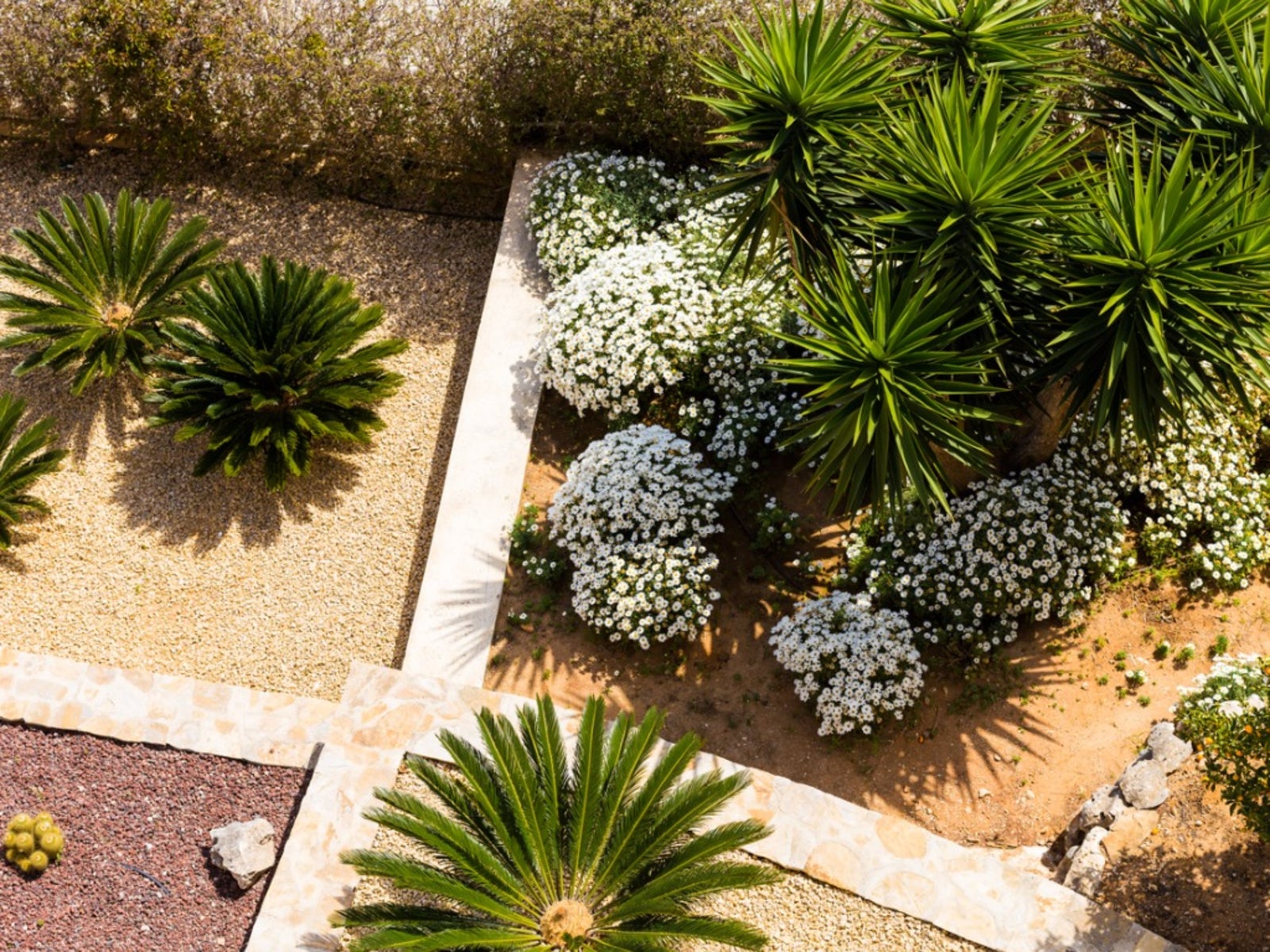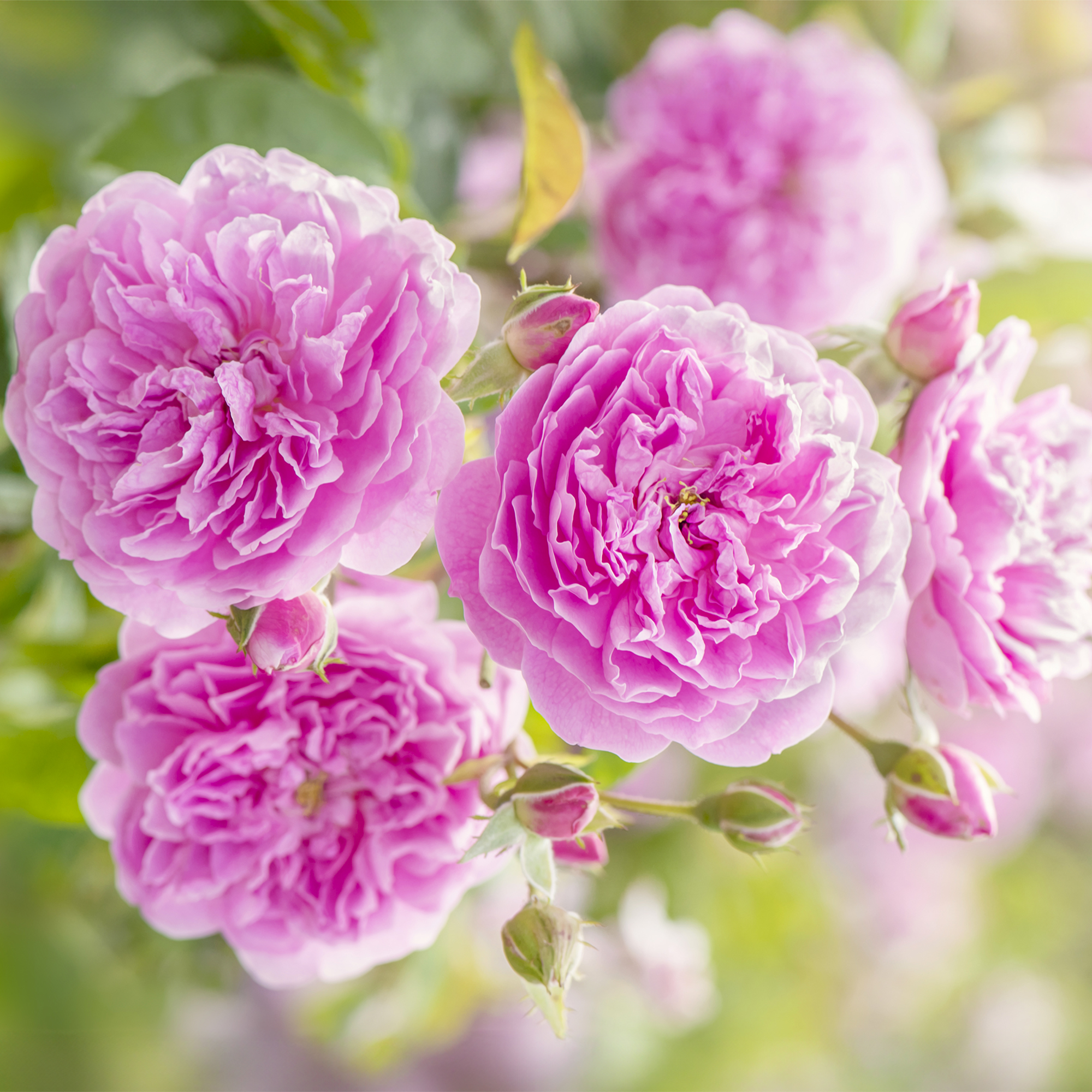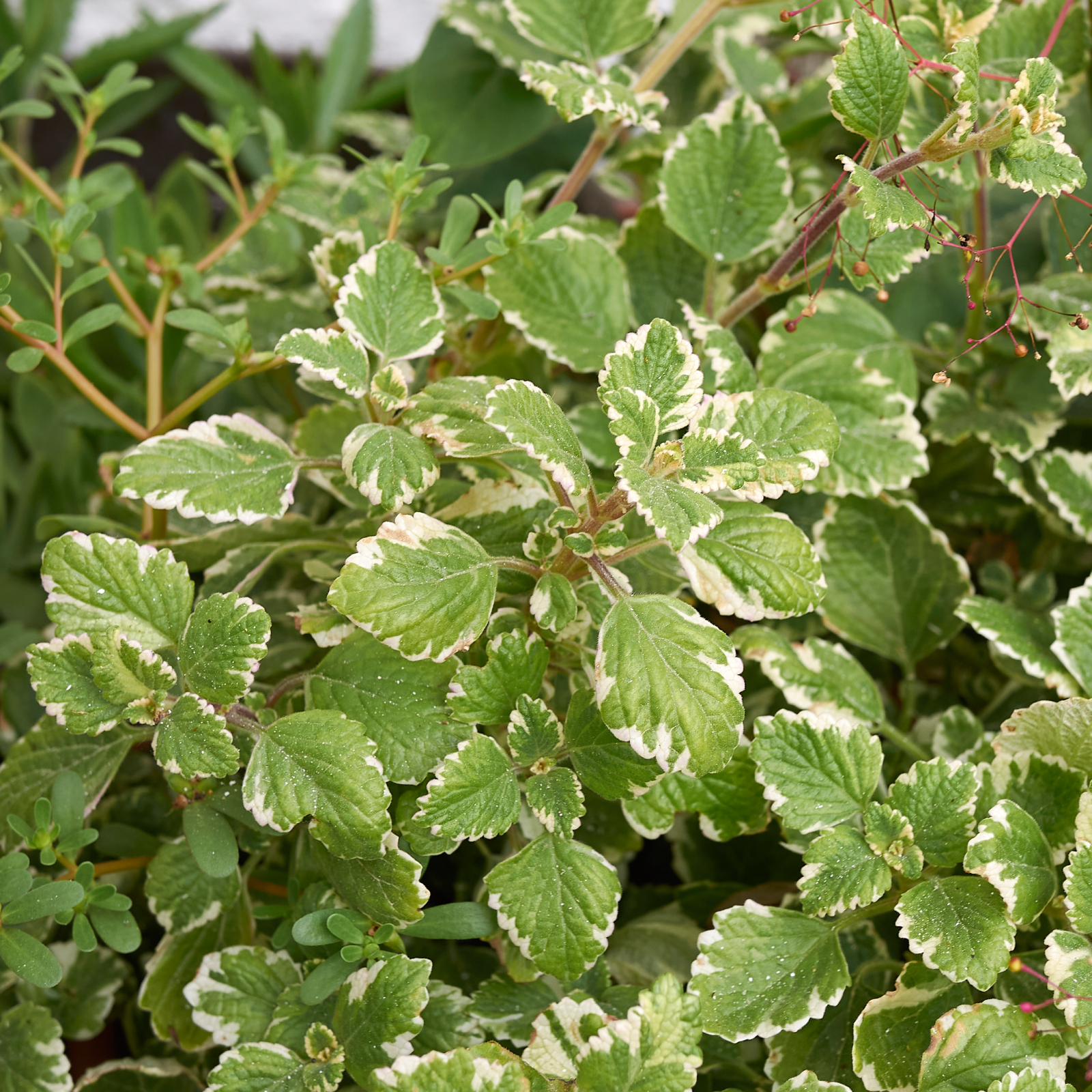Xeriscape Solutions For Common Landscape Problems


There are plenty of common landscape problems that can tarnish the beauty of your yard, and almost every landscape has at least one problematic area. These problems range from something aesthetic, such as a rocky site or slope, to things that can affect the overall health of your landscape, like severe drought. So what is the best solution to handling them? When you encounter these problems, it is a good idea to fix them as soon as possible. More often than not all you need is to implement xeriscaping techniques. Effective xeriscape design solutions allow the landscape to work with its natural conditions rather than against them.
Xeriscape Plantings
Many people think of xeriscapes as merely cactus and rock gardens. The truth is that these types of landscape designs are very efficient and make interesting landscapes. Cacti come in many varieties and can be quite beautiful. Many cactus plants have lovely flowers. Cactus can add an interesting look to your landscape and distinction to your yard. There are different types of cactus plants, as well as succulents, that are great for xeriscaping. If a rocky area or slope is your problem, then perhaps a xeriscape rock garden design could be implemented as a landscape solution. Rock gardens are also excellent for xeriscape landscaping. They take up space that bushes and lawn would use but require less care. Additionally, rock gardens can look very interesting. There are many flowers, ornamental grasses, small shrubs, and groundcovers that can grow in the midst of your rock garden. Be sure to choose hardy plants, preferably native plants, which can tolerate living in close proximity to the rocks. Just because xeriscape is about conserving water does not mean that your landscape has to be all cactus and rock gardens. In fact, you can combine these with more traditional landscape plants. Although xeriscaping is associated with drought-plagued areas, you shouldn't underestimate the benefits this type of gardening practice can bring to landscapes far removed from desert-like conditions. Xeriscaping can save both time and money in the long run simply by incorporating low-maintenance, drought-tolerant plants into your landscape and grouping these plants together with those requiring similar irrigation needs. Xeriscaping is the act of landscaping using plants that do not need a great deal of water. Therefore, it is possible to create and maintain a landscape using xeriscape principles with more traditional flowers. The key is to carefully choose your plants and use water more efficiently. Some plants that are excellent in most xeriscapes are perennials, ornamental grasses, vines, shrubs, and groundcovers. The use of native plants in your xeriscape landscape design is essential in having a landscape that is not too high maintenance and one that conserves water.
How to Water Your Xeriscape
Efficient use of water can help your plants become part of the xeriscape. If you water wisely, you can help your plants become stronger, utilize the moisture better, and consequently withstand drought more efficiently. Instead of frequent shallow watering, water occasionally and deeply. The water will soak into the soil reaching the roots rather than evaporate or run off. Applying mulch can also help the soil retain moisture. Xeriscaping is an easy, effective alternative to some of the most basic landscape problems.
Gardening tips, videos, info and more delivered right to your inbox!
Sign up for the Gardening Know How newsletter today and receive a free copy of our e-book "How to Grow Delicious Tomatoes".

Nikki Tilley has been gardening for nearly three decades. The former Senior Editor and Archivist of Gardening Know How, Nikki has also authored six gardening books.
-
 How Much Sun Do Roses Need To Grow? Understanding Rose Light Requirements
How Much Sun Do Roses Need To Grow? Understanding Rose Light RequirementsDiscover how much sunlight your roses really need to grow strong, bloom beautifully, and stay healthy all season long.
-
 Which Ivy Is Best For A Garden? 7 Varieties Of Ivy To Grow (And 2 To Avoid)
Which Ivy Is Best For A Garden? 7 Varieties Of Ivy To Grow (And 2 To Avoid)Lots of varieties of ivy can complement your garden, provide groundcover, or create a private oasis, but which is best? Explore our top picks for beautiful ivy.